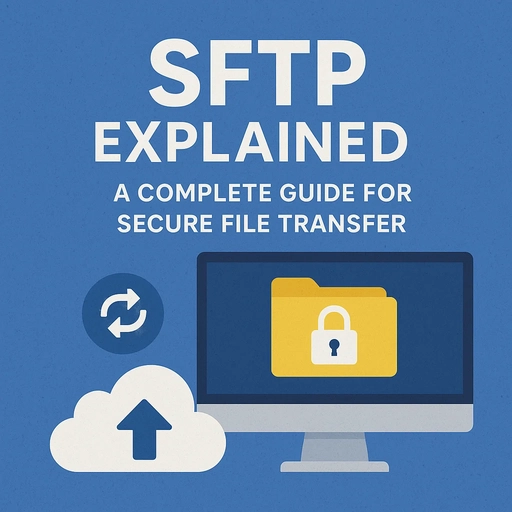SSH Mastery for Server Admins in 2025: Secure Access, Automation & Pro Tools
Secure Shell (SSH) remains the backbone of secure remote server management in 2025. Whether you’re deploying apps, troubleshooting systems, or automating tasks, SSH is the tool you rely on.
This comprehensive guide walks you through the most essential SSH usage patterns, configuration techniques, and pro-level automation strategies for modern server administration.
1. What Is SSH and Why It Matters
SSH (Secure Shell) is a cryptographic protocol that allows secure access to a remote computer over an unsecured network. System administrators use it for:
- Remote shell access
- Secure file transfer
- Tunneling services
- Running commands on remote machines
2. Basic SSH Usage
ssh user@remote-server-ipExample:
ssh root@192.168.1.1003. Generating SSH Keys (Recommended)
Passwordless authentication is more secure and convenient. Create your SSH key pair:
ssh-keygen -t rsa -b 4096 -C "your_email@example.com"Then copy it to the server:
ssh-copy-id user@remote-server-ip4. SSH Config File for Easy Access
Simplify login with ~/.ssh/config:
Host myserver
HostName 192.168.1.100
User root
IdentityFile ~/.ssh/id_rsaNow connect using:
ssh myserver5. Copying Files via SCP and SFTP
# Copy file to server
scp file.txt user@host:/path/to/dest/
# Copy directory
scp -r folder/ user@host:/path/
# SFTP session
sftp user@host6. Port Forwarding and Tunneling
Tunnel a remote port to your local machine:
# Local port forwarding
ssh -L 8080:localhost:80 user@host
# Remote port forwarding
ssh -R 9090:localhost:22 user@host7. Running Remote Commands
ssh user@host "uptime"
ssh user@host "sudo systemctl restart nginx"8. SSH Multiplexing for Speed
Reuse existing SSH connections to speed up operations:
Host *
ControlMaster auto
ControlPath ~/.ssh/control-%r@%h:%p
ControlPersist 10m9. SSH Best Practices for Security
- Disable root login
- Use key authentication only
- Use fail2ban to prevent brute-force attacks
- Restrict SSH by IP with firewall rules
# Disable password auth
sudo nano /etc/ssh/sshd_config
# Set: PasswordAuthentication no
sudo systemctl restart ssh10. SSH Automation with Scripts
#!/bin/bash
# restart-service.sh
ssh user@host "sudo systemctl restart nginx && sudo systemctl status nginx"11. Visual and GUI SSH Clients
- PuTTY (Windows)
- MobaXterm (Windows)
- Termius (cross-platform)
- VSCode Remote SSH Extension
12. SSH Logs and Troubleshooting
journalctl -u ssh
sudo tail -f /var/log/auth.logFinal Words
In 2025, SSH remains the most essential protocol for server administrators. With proper key-based authentication, config optimizations, tunneling, and scripting techniques, you can manage your infrastructure securely and efficiently. Use this guide as your go-to reference and level up your SSH game.
